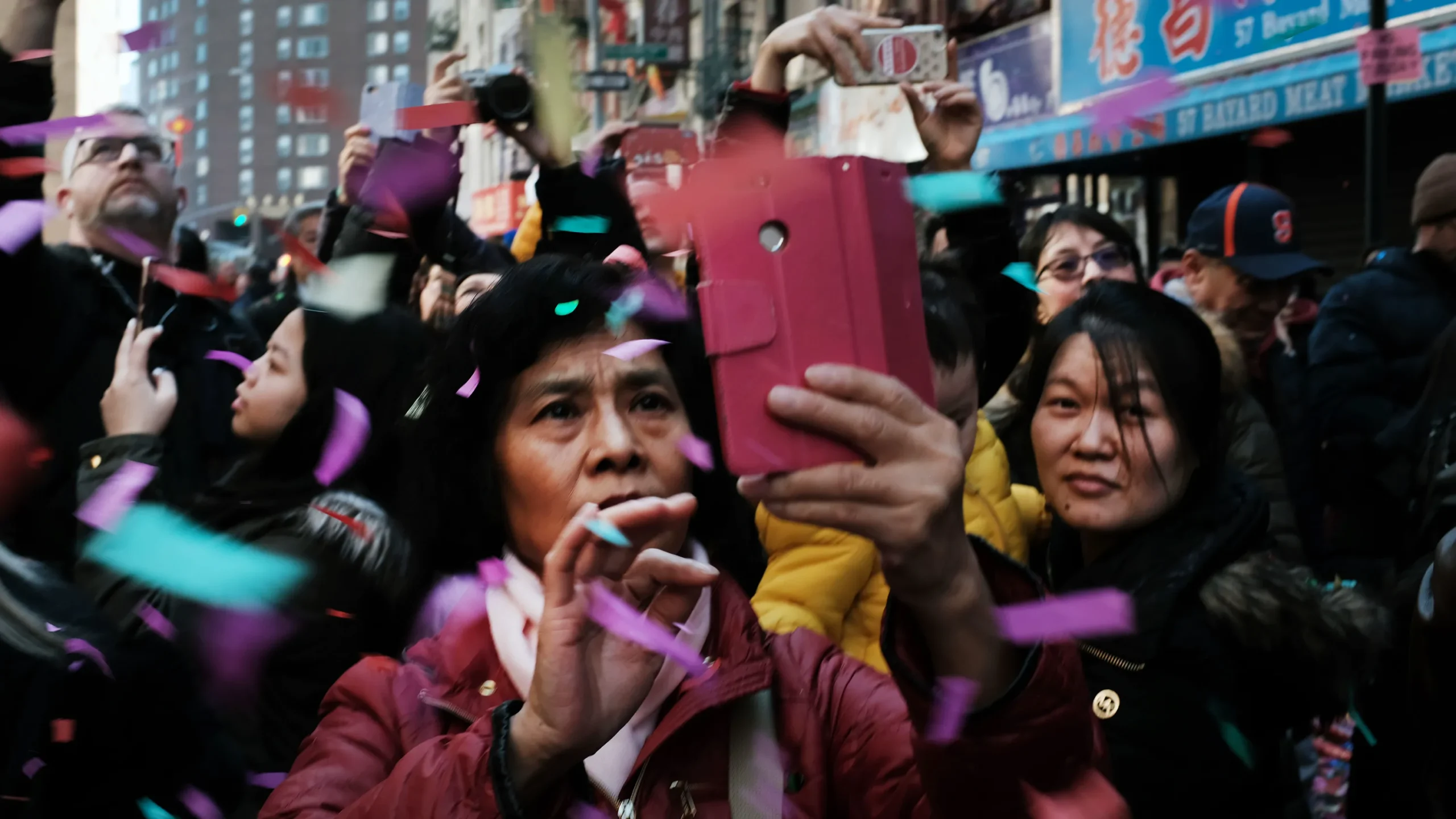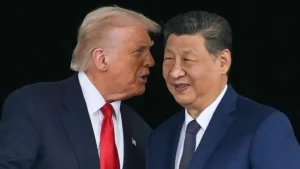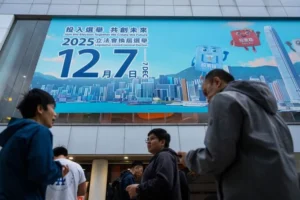The Effects of Population Growth: A Comparative Analysis of China’s Labor Market and Workplace Culture
How does overpopulation change a country? Though China and the United States have similar land surface areas of 3.6 million square miles and 3.5 million square miles, respectively, the two global superpowers have vastly different population densities. With 1.4 billion inhabitants, China’s population is over four times larger than the US population of 337 million. This disparity contributes to different work cultures and labor markets in China and the United States. For example, young Chinese have a harder time entering the job market than their US counterparts. The two nations thus illuminate how population density can alter labor conditions.
The Plight of Young Professionals in China
The difference in population densities between the two countries is partially responsible for completely different labor environments. Compared to the United States, China has an enormous number of college graduates searching for jobs. About 12 million Chinese graduates enter the workforce annually, with this number increasing every year, as China expanded access to higher education to combat the Asian financial crisis in the late 1990s. There are not enough positions for these millions of job-seekers. China’s overall unemployment rate of 5.3 percent surpasses the US unemployment rate of 4.1 percent.
Chinese college graduates struggle at higher rates to find jobs than their US counterparts. In 2020, 25.2 percent of people with a university education between the ages of 16 and 24 were unemployed, compared to the rate of 5.5 percent in the United States the same year. The Chinese government has not released unemployment data for young graduates since 2020, suggesting disappointingly high figures. In June of 2023, the unemployment rate for Chinese 16- to 24-year-olds was 21.3 percent; the government subsequently changed its counting methodology to exclude students, thereby artificially deflating youth unemployment rates. Even excluding students, the unemployment rate for people aged 16 to 24 in China rose to 18.8 percent in August 2024, while the youth unemployment rate in the United States is 9.2 percent, as of September 2024.
These unemployment figures are rooted in structural challenges that make it difficult for Chinese youth to gain employment. Employers argue that many applicants are not qualified since they graduated from minban daxue, privately run institutions that require lower scores on China’s university entrance exam, gaokao, while charging significantly higher fees than public universities. These institutions were created as China’s government constantly promoted higher education in the past few decades. From 1998 to 2019, the number of public universities in China increased from 500 to 2,500; private universities (minban), from a handful to 500. However, boosting the volume of college graduates does not help the economy but instead flushes less-skillful individuals into the market. Moreover, the number of college graduates studying humanities has grown while the demand for graduates with technical skills has risen, contributing to the high unemployment rate among college graduates. The higher quantity and lower quality of China’s higher education institutions contribute to high unemployment rates because many graduates lack the skills desired by employers. Youth unemployment numbers are also impacted by economic uncertainty, which leads businesses to refrain from hiring new workers. The crisis in the housing and property market has also shuttered businesses and left fewer jobs for young people. In 2023, 800,000 properties were foreclosed in China, and businesses (not households) are the primary owners of properties vulnerable to foreclosure.
How China’s Labor Surplus Fosters Toxic Work Cultures
The scarcity of job opportunities fuels extremely demanding work cultures, especially the “996 work culture,” in which employees are required or volunteer to work from 9:00 a.m. to 9:00 p.m. six days per week to show dedication to their job. Some abandon work-life balance in fear that they will otherwise be replaced by someone willing to make the sacrifice. Others employed by firms like Kuaishou and Bytedance are mandated to live the 996 work culture. This brutal work culture even takes the lives of some workers through burnout. Hashtags associated with one particular case—a 25-year-old man who died in February 2022 of a brain hemorrhage after working excessive overtime at Bilibili—got hundreds of millions of views on Weibo, sparking an online debate about the “996 culture.”
Since personal relationships and guanxi, Chinese for “networks,” are crucial in Chinese business, workers frequently attend social banquets when not working to curry favors and build connections, adding additional personal and financial burdens to already exhausting jobs. For example, Chinese business meals often involve forced business drinking (jiu zhuo wen hua). This practice uses alcohol as a trust-building “lubricant” to further business interests, such as accessing VIPs or bringing municipal power to a facility after three days instead of six months. Negative aspects of business drinking—especially misogyny and sexual assault—reveal another toxic truth behind China’s work culture.
Labor Precarity Among the Unemployed
Those unemployed resort to taking menial jobs such as delivery driving, a position for which drivers work ten hours a day to earn a paltry salary of US$1,000 a month. Delivery drivers are constantly under pressure—forced to break traffic laws and risk their safety to deliver orders on time—and exploited by delivery platforms that reduce their pay if they receive bad reviews from customers. Aside from being delivery workers, unemployed Chinese take jobs as taxi drivers or sidewalk merchants selling street food or crafts. These jobs are more common in China, where 6.6 million are registered online as taxi drivers, than the United States, which had 288,753 registered taxi drivers in 2022. Similarly, while there were only 85,467 US street vendors in 2023, there were approximately 30 million vendors throughout China that same year, many of whom were unemployed youth trying to make a living. Chinese workers work tirelessly in companies or hustle to create their own opportunities to make money to survive in the populous, competitive country.
These longstanding troubles related to China’s dense population have been exacerbated by the economic slowdown the country has experienced in the wake of the COVID-19 pandemic. As industrial production and domestic consumption have slowed and housing demand has faltered, some companies can no longer afford to hire more workers even if their current employees are overworked. As millions of college graduates enter the workforce annually, there simply are not enough white collar work opportunities for these graduates, leaving many of them unemployed or in hard manual labor like carpentry and bricklaying.
China’s Work Culture in Comparative Perspective: The United States
Unlike China’s job scarcity, the United States faces a labor shortage. The US work culture in certain sectors also widely differs from China’s. The practice of “quiet-quitting”—workers performing so poorly that they essentially quit—contributes to low productivity in the United States. The national labor shortage in the United States makes it more difficult to address the “quiet-quitting” epidemic—a sharp contrast from China’s overly demanding and competitive work culture.
Since the pandemic, many Americans search exclusively for remote jobs—49 percent of unemployed workers in the United States would only take jobs with remote opportunities. Three million adults entered early retirement in 2021, relying on government aid packages while others returned to education, leaving a lack of workers in the market. Despite many similarities between the United States and China, different population densities contribute to dramatically different labor markets and work cultures. In China, overpopulation exacerbates the “massification” of education and the inundation of the labor market with under-qualified youth. This labor surplus offers three undesirable paths to Chinese graduates: sheer unemployment, precarious menial jobs, or immersion in the white-collar “966 work culture.” This dilemma has significant consequences, including suicide and the exodus of Chinese youth to work abroad.













